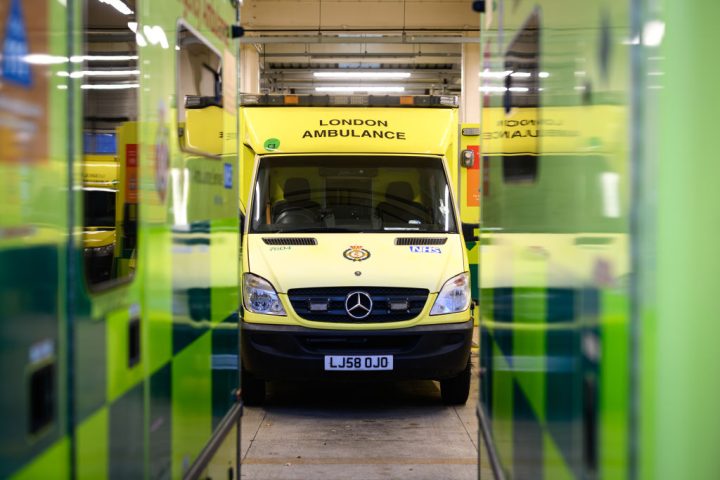How has the NHS missed most of its key targets for the past seven years? Some parts of the UK-wide health services (Northern Ireland and Wales) have never met the four-hour time target for A&E, for instance, while others only managed it during lockdown (Scotland) when visits plummeted. Analysis of the NHS’s own figures by the BBC found that NHS England last met the four hour A&E target in July 2015, the 62-day cancer treatment target in December 2015, and planned hospital care in February 2016.
The NHS also released performance figures today showing that while its waiting lists in England have fallen for the second month in a row, there are still more people waiting for treatment than when Rishi Sunak made his key pledge to have the lists falling. These figures, which only go up to the end of November and therefore do not show the effect of the junior doctor strikes, show 6.39 million people were waiting for 7.61 million treatments. This means that 1 in 9 of the population is on some kind of waiting list. I don’t need to spell out that this means everyone reading this will have someone they love stuck on a waiting list, because everyone reading this will already be viscerally aware of that.
The NHS is not matching up to its current aims, with or without industrial action
The number of long-term waiters has also risen, with 11,168 waiting more than 18 months to start planned treatment, up from 10,506 the previous month. These 18-month waits were supposed to have been eliminated by April 2023. Even if Sunak is able to go into the next election claiming that waiting lists are falling, the people listening may not feel that reflects reality – or makes much difference to those they love.
There are plenty of confounding factors that might allow Sunak to say he was on track had it not been for events, namely the industrial action across the health service. But the longer term analysis of how long it has been since those targets were met reminds us that the health service has not been on track for a long time.
When he was health secretary, Jeremy Hunt attacked targets as ‘evil’, saying that they led to perverse behaviour in the health service that had little to do with patient outcomes. The government had toyed with binning the four hour target for that reason. The NHS had duly made its arrangements – before the target rose again from the dead under Therese Coffey’s tenure in the department of health. Whether or not the target exists or is a good thing, it is not being met.
Measures are generally considered better for the health service than targets, but it is failing on the most important measures, too, and has been for years. There may well be political consequences for this, but there should also be an honest debate about what the health service can and should try to do from now on.
The NHS is not matching up to its current aims, with or without industrial action. It is not the best-funded or the best-staffed in the world. The current levels of funding and staffing aren’t working. An honest politician would start a debate about whether Brits want the NHS to do less but better, or whether they are prepared to pay even more for it.







Comments